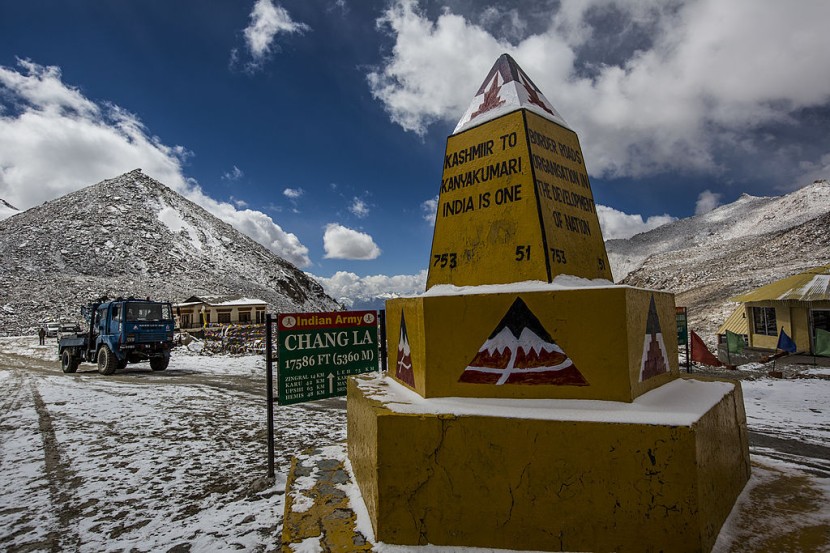
Both Indian and Chinese troops left the Lake Pangong Tso in the cold Himalayan high country ultimately. The glacial lake is where both armies were facing each other in a tense atmosphere.
The area of Pangong Tso where the Indian Army and the People's Liberation Army have left is complete having been engaged in the frozen lake with continuous tension.
Two armies are recalled as talk happen
In the western Himalayas, both forces with a stiff standoff have now pulled out troops and equipment on both sides. When fights could happen, Pangong Tso was left by Indian and Chinese troops as they separated from the border last Sunday, reported the Epoch Times. Their leaders negotiated that all men and equipment move in a ceasefire.
Since April last year, troops on both sides experienced tension on the Line of Actual Control (LAC). This border runs between China and India, with the LAC going through Pangong Tso glacial lake. Points along the LAC border were located in the Himalayan High Country.
Early in February, the armies of India and China that stayed for a long time in the LAC finally came to a mutual agreement. Prolonged standoff conditions and many talks later with a deal reached on leaving the LAC and reducing tension in other points of the Line of Actual Control.
Recent imagery from Rutog's Military Garrison (developing since late 2019) suggests sections of the disengaged #China PLA troops have been relocated here post the agreement with #India last week, this base however would serve future PLA activity for the #PangongTso area pic.twitter.com/l1hy30qitD
— Damien Symon (@detresfa_) February 22, 2021
Once all the conditions were agreed upon by negotiators, all men and equipment started pulling out a week ago-no less than a full removal of forces at the Pangong Tso. Indian and Chinese troops agreed on the deal struck by their officials, which led to a peaceful withdrawal. Last Saturday, commanders of India and China decided on the terms of withdrawal.
With the withdrawal of tanks completed from the forward areas on the south bank of #PangongTso (lake), India and China have started pulling back troops in large numbers from both the north and south banks. https://t.co/9D8XISzVZE
— The Hindu (@the_hindu) February 16, 2021
The successful pullout from contested areas
Both Indian and Chinese representatives made a press release that said Indian and Chinese Troops left the areas orderly. Their frontline troops keep discipline and follow the withdrawal to the letter when leaving the Pangong Lake area. Officers and high rankers on both sides were pleased the pullout was uneventful.
Officials were pleased that this was a step forward to solve other LAC issues in the western sector. This was the statement of both groups about the pullout.
Parts of the LAC where troops were placed in the Ladakh Region and connecting Chinese-administered Aksai Chin plateau sparked the tension feared to lead to war.
On June 20, the Galway Valley is where skirmishes between the two countries happened first-leading to tensions on the border that was the first in forty years. According to China, four soldiers died in the Galwan skirmishes. Aside from the current pullout, there are more areas where tension is present that must be fixed. These are the Hot Springs, Gogra Post, and the Depsang plains, where more forces are stationed.
Commanders on both sides discussed views on the border, but nothing else was reported. Overall, the commanders on either side were willing to follow their leaders' orders, mostly avoiding Indian and Chinese troops clashing needlessly in the LAC. But the Chinese have exhibited unwanted provocation, which was denied.
Related article : Border Flashpoint Between India and China Shows Chinese Camps Emptying in Satellite Images








